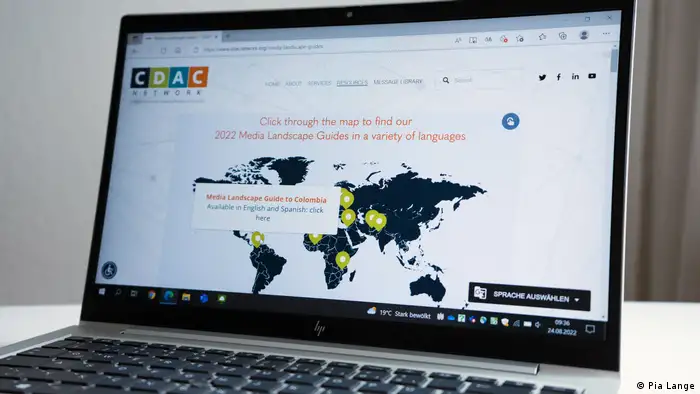Insights
Out now: Media Landscape Guides for nine countries
How do people get the information they most need when disaster strikes? Having an overview of a country’s media and telecommunications infrastructure can save lives.
In the chaotic context of the war in Ukraine, media can help bring clarity by verifying information and validating facts, while people affected by the war are themselves an important source of information. Media can draw from these insights and provide a platform for them.
In Pakistan, extreme weather events such as floods and earthquakes are occurring with increasing frequency, leaving people in need of humanitarian assistance, along with timely and relevant information. Media can help relief organizations to reach and engage with communities.
The international Communicating with Disaster-Affected Communities Network (CDAC) and DW Akademie have recently published nine Media Landscape Guides. They provide up-to-date and essential information on the countries' media and telecommunications sectors, such as contact information to help aid organizations reach vulnerable groups in times of COVID-19.
The guides for the following countries are available in English and commonly spoken local languages:
- Afghanistan
- Belarus
- Burkina Faso
- Colombia
- Malawi
- Morocco
- The Palestinian Territories
- Pakistan
- Ukraine
The guides were produced by the CDAC Network in cooperation with DW Akademie and supported by the Federal Ministry for Economic Cooperation and Development. This project is part of the global initiative "Transparency and media freedom - Crisis resilience in the pandemic".
DW recommends
- Date 01.09.2022
- Author Pia Lange
- Feedback: Send us your feedback.
- Print Print this page
- Permalink https://p.dw.com/p/4GCiD
- Date 01.09.2022
- Author Pia Lange
- Send us your feedback.
- Print Print this page
- Permalink https://p.dw.com/p/4GCiD

